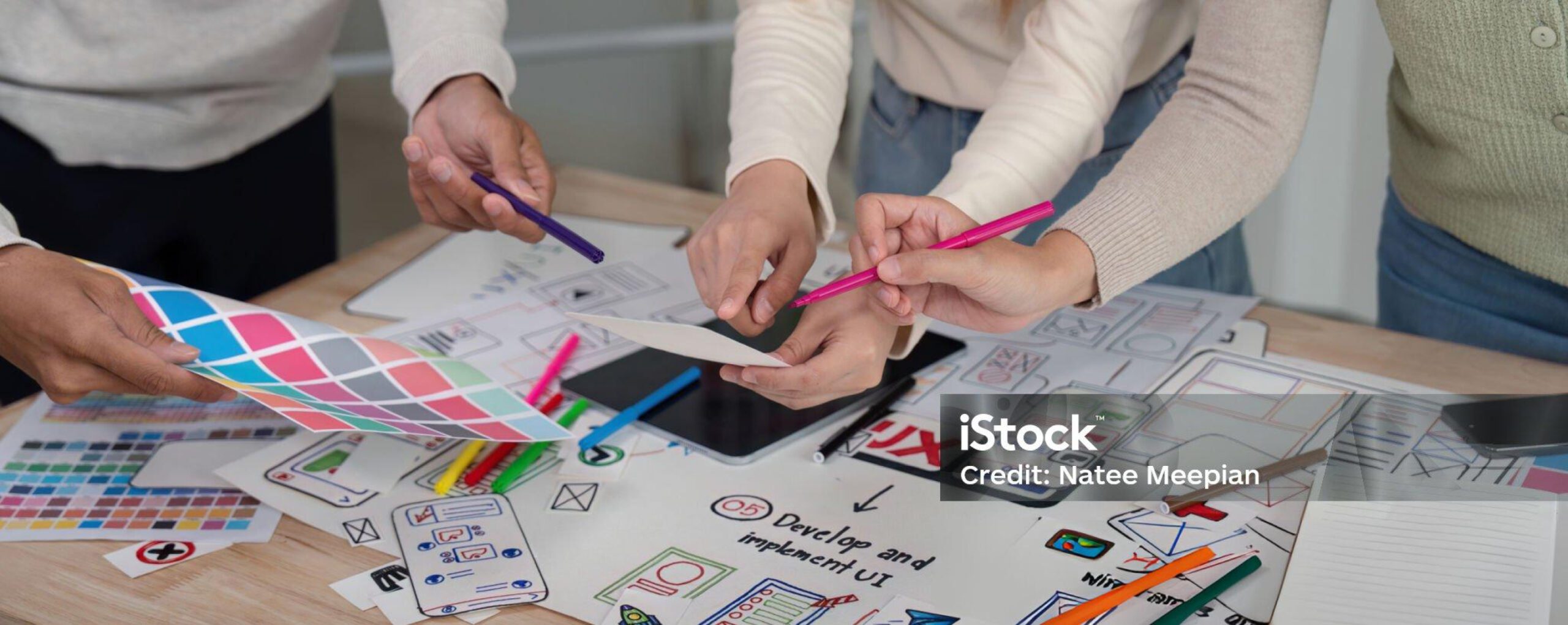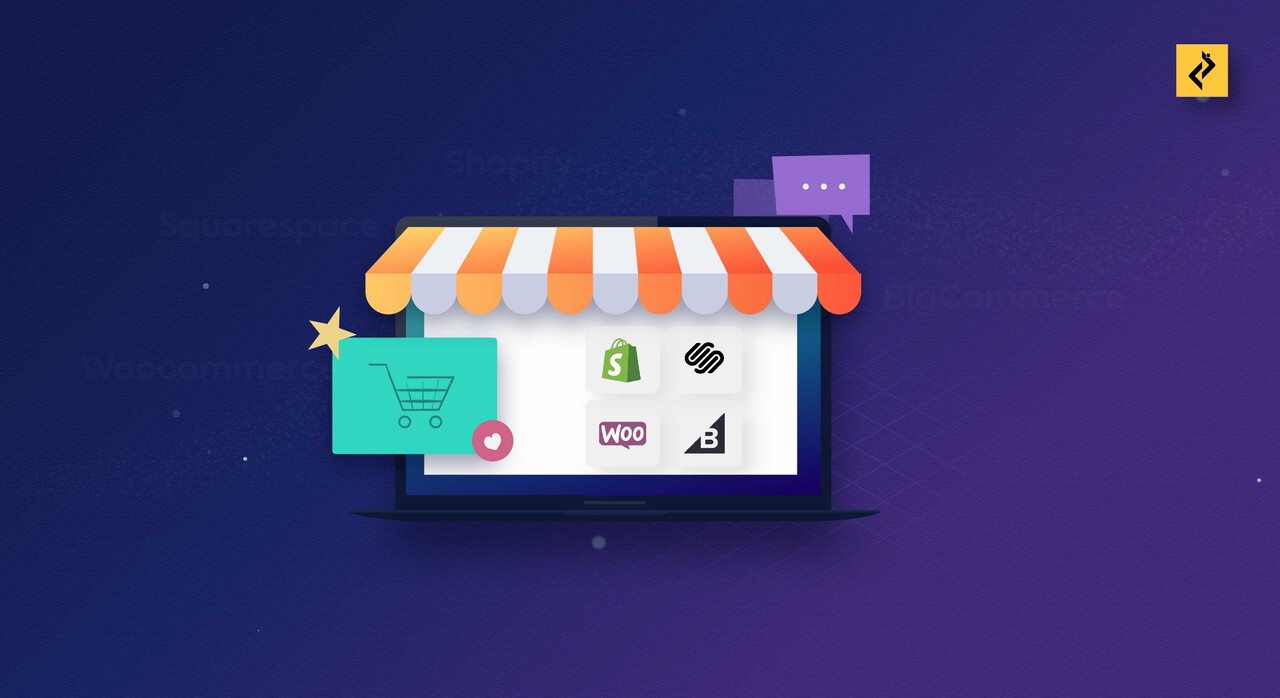User-centric design focuses on understanding customer needs and designing the overall experience around them. When applied to food delivery services, a user-centric approach can significantly improve the customer experience and help businesses grow.
This article will explore how taking a customer-first mindset and applying user research, prototyping, and continuous feedback can transform every step of the ordering and delivery process. Food delivery platforms that center their design strategy on the customer perspective see greater customer satisfaction, loyalty, and sales as a result.
Know Your Customers
Before making any changes, it’s critical to truly understand who your customers are. Food delivery services should conduct user research through surveys, interviews, and analytics to learn important details about their target demographics.
Some key questions to ask include:
- What meals or types of cuisine do customers order most often?
- When do people typically place orders – lunch vs. dinner, weekday vs. weekend?
- How long have customers been using the service – are they new or loyal repeat users?
- What devices do customers use to place orders – mobile app, desktop website, tablet?
- Where are customers located geographically in relation to partner restaurants?
Aggregating data on order frequency, total spend, address locations allows platforms to segment customers into personas like “families with kids” or “young professionals.” This insight reveals which groups to focus on and how to best serve their needs.
Define Customer Goals and Tasks
Beyond demographics, truly understanding the customer experience requires identifying fundamental goals customers are trying to achieve. For a food delivery service, some common goals may include:
- Finding their favorite meals quickly and easily
- Placing an order for delivery within a target timeframe
- Paying for their order using a preferred method
- Easily tracking an active order’s delivery progress
The next step is decomposing these goals into specific tasks customers need to accomplish, such as browsing large menus, adding multiple items to a cart, entering payment details, or receiving notifications. Prioritizing and optimizing these focused tasks will directly impact how well customer goals are met.
Map Out the Customer Journey
Armed with research on personas, goals, and tasks, food delivery platforms can create a comprehensive map of the entire customer journey. The journey starts with initial discovery – how customers find and select a service. It continues through the steps of browsing menus, filling carts, entering payment/location details, and ends with post-purchase support.
Mapping exposes any redundant, confusing or unnecessary steps that create friction. It also highlights opportunities to streamline tasks and elevate the overall experience. For example, simplifying checkout by pre-filling user profiles could save significant time and effort for repeat customers. Learn more: https://zipprr.com/ubereats-clone/
Prototype the Redesigned Experience
With a fuller understanding of customers and a analyzed journey map, it’s time to start prototyping redesigned experiences. Low-fidelity paper prototypes allow rapidly iterating on ideas and flows before development begins. Virtual or digital prototypes also provide an interactive version for gathering user testing feedback.
Some impactful changes that could be tested include consolidated single page menus, cart integration on menu pages, customizable delivery settings, and integrated payment on checkout rather than separate pages. Prototyping yields concrete feedback directly from representative customers that can further refine new design concepts.
Streamline the Menu Browsing Experience
menus present one of the first impressions customers have, so usability is critical. With data on popular cuisines and items, food delivery platforms can organize menus more logically. For example, categorizing items under headers like “Pizza”, “Chinese Food”, “Sushi” rather than individual restaurant names.
Additional features that improve findability include search functionality, filters by cuisine/dietary tags, and the ability to favorite frequently ordered meals. Integrating these popular items and location-based recommendations directly into the menu presentation surfaces relevant options upfront. Fluid responsive designs also ensure menus remain easy to browse across different devices.
The goal is to minimize unnecessary clicks and scrolling for customers seeking to quickly find their next meal. Streamlining menu navigation directly addresses their goals of easy and efficient browsing.
Simplify the Shopping Cart and Checkout
Once desired items are added to the cart, checkout becomes the next critical – and sometimes frustrating – interaction. Here personalization and pre-filled forms can significantly accelerate the process.
For registered users, carts can auto-populate address and payment details based on saved profile info. Delivery and payment instructions are likewise remembered on subsequent visits. New customers should also be guided to create a user profile on first checkout to simplify future orders.
Upfront and transparent communication of order subtotals, taxes, delivery/service fees, and estimated arrival windows sets proper expectations. During busy hours, estimated changes to those timeframes keep customers informed in real-time.
The goal is a seamless purchase experience that gets food securely ordered and on its way to hungry customers with minimal fuss or unnecessary page loads. A well-designed checkout increases conversions by removing barriers like long wait times to enter information.
Optimize the Delivery Process
While checkout marks the completion of ordering tasks, delivery represents the final stage of the customer experience. Providing ongoing status notifications generates reassurance and builds trust in the brand.
Real-time order tracking through every step – preparation, dispatch routing, arrival predictions – elevates transparency. Not just for when delays occur but as the standard experience. Automated text messages complement push alerts from apps. Customers particularly appreciate ETA updates if a driver will be early or late.
Delivery windows that align with natural eating times further satisfy customer goals while reducing driver wait periods. And offering scheduling options provides flexibility meeting recipients’ availability rather than expecting them to instantly receive each order.
Enhance the Mobile App Experience
As smartphone ownership remains ubiquitous, optimizing the app experience expands food delivery services’ omnichannel reach. Prioritizing an intuitive interface, streamlined navigation, and first-class performance ensures the platform remains the preferred ordering method.
Crucial components that support on-the-go customers include one-tap menu access, express checkout, order tracking from notification center, offline mode capabilities, and quick-reply in-app support for any issues that arise. Customizable personal settings (addresses, payments) become a persistent part of the profile for ease of repeat orders.
Progressive web app capabilities further improve app-like functionality directly through mobile browsers. But a well-designed native app still provides richer experiences through features like push notifications for a truly unified customer experience regardless of entry point.
Make the Website Fast and Easy to Use
Despite the growing preference for apps, websites maintain relevance – especially for desktop discovery and ancillary tasks beyond core ordering. Ensuring an equally seamless experience across all digital channels requires optimizing performance even for customers with slower connections.
Streamlined information architecture organizes content to answer common questions simply and directly. Customization like menu filters and location services replicate familiar app interactions to maintain usability consistency. Persistent account dashboards aggregate profile info, past orders, loyalty rewards, help resources – nurturing longer-term relationships beyond individual transactions.
Responsiveness across browsers and resolutions further expand reach without compromising quality. Websites thus remain a viable option for any customer needs throughout their journey with the brand.
Gather Continuous Feedback
To sustain a customer-centric approach, ongoing feedback becomes table stakes. Short in-app and email surveys provide opportunities to regularly collect qualitative and quantitative input on satisfaction, pain points, and desired improvements. Voluntary review systems also give public voice to real user experiences – the most authentic perspectives.
Actively engaging communities through social support forums introduces another feedback channel. Companies addressing common concerns demonstrate care and responsibility for customers. Sentiment analysis further illuminates rising topics for proactive enhancement.
By instituting feedback loops that influence ongoing development priorities, food delivery platforms institutionalize customer-first mindsets. It’s an evolving process of continuous refinement that repays dividends to loyalty, retention and word-of-mouth.
Conclusion
Done right, user-centric design transforms food delivery from a basic utility into a delightful customer experience. Approaching the business from the perspective of goals, barriers, and journeys illuminates opportunities to streamline interactions, strengthen trust, and satisfy real human needs through every touchpoint.
The results fuel a virtuous cycle – better experiences increase satisfaction and generate more customer spending, positive reviews, and willingness to recommend services. All of which attract even greater audiences and fuel long term sustainable growth. Businesses placing their customers at the center of strategy and product development reap rewards well beyond any individual interaction to build relationships for the future.



